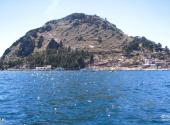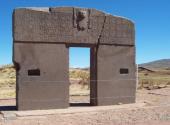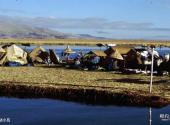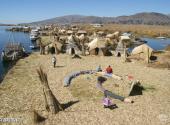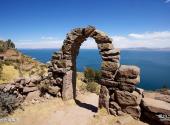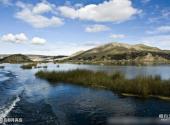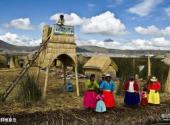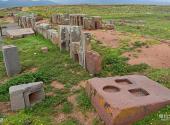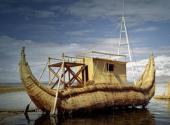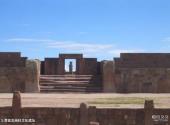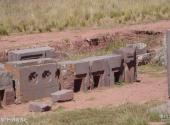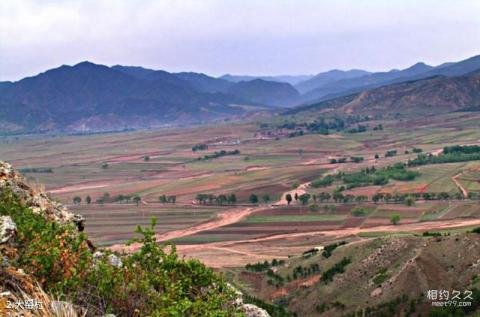
Scenic spot introduction:
Lake Titicaca (English: Lake Titicaca; Spanish: Lago Titicaca) is the highest and largest freshwater lake in South America, one of the highest large freshwater lakes in the world, and the highest navigable lake in the world. , is the second largest lake in South America, after Lake Maracaibo. At the same time, Lake Titicaca is also one of the birthplaces of Indian culture in South America. The Indians regard it as a sacred lake; the Aymara people believe that the gods who created the sun and stars in the sky, which they have worshiped for generations, also come from the bottom of the lake.Attractions distribution:
Lake Titicaca is located on the Coyão Plateau at the border of Bolivia and Peru. The lake has an altitude of 3,812 meters, an area of 8,290 square kilometers, and its deepest point can reach 256 meters. The lakeshore is winding and winding, forming many peninsulas and bays. The lakeside is rich in water and grass, and there are many fish and shrimps in the lake. There are 51 islands in the lake, including Sun Island and Moon Island, most of which are inhabited. There are many ancient ruins on the island. The largest island, Titicaca, has the ruins of an Inca-era temple. The ruins of an underwater ancient city, including tunnels and caves, were also discovered at the bottom of the lake between Coa Island and Pagliara Island. and carved walls, etc.Scenic spot features:
Photography, sightseeing, leisure, vacation, history and culture, religion, ruins, lakesAttraction Address
Travel Guide
Best time to visit:
Suitable for all seasons, but spring, summer and autumn are best.
Tourist Transportation
Scenic spot location:
America>Bolivia>La Paz
How to get there:
1. Airplane: La Paz International Airport
2. Train: Chile, Argentina, Brazil and other countries can take trains to La Paz
Scenic area map:
Click to expand the scenic area map
Attraction Tickets
Ticket prices for Lake Titicaca:
free
Scenic area opening hours:
All day

